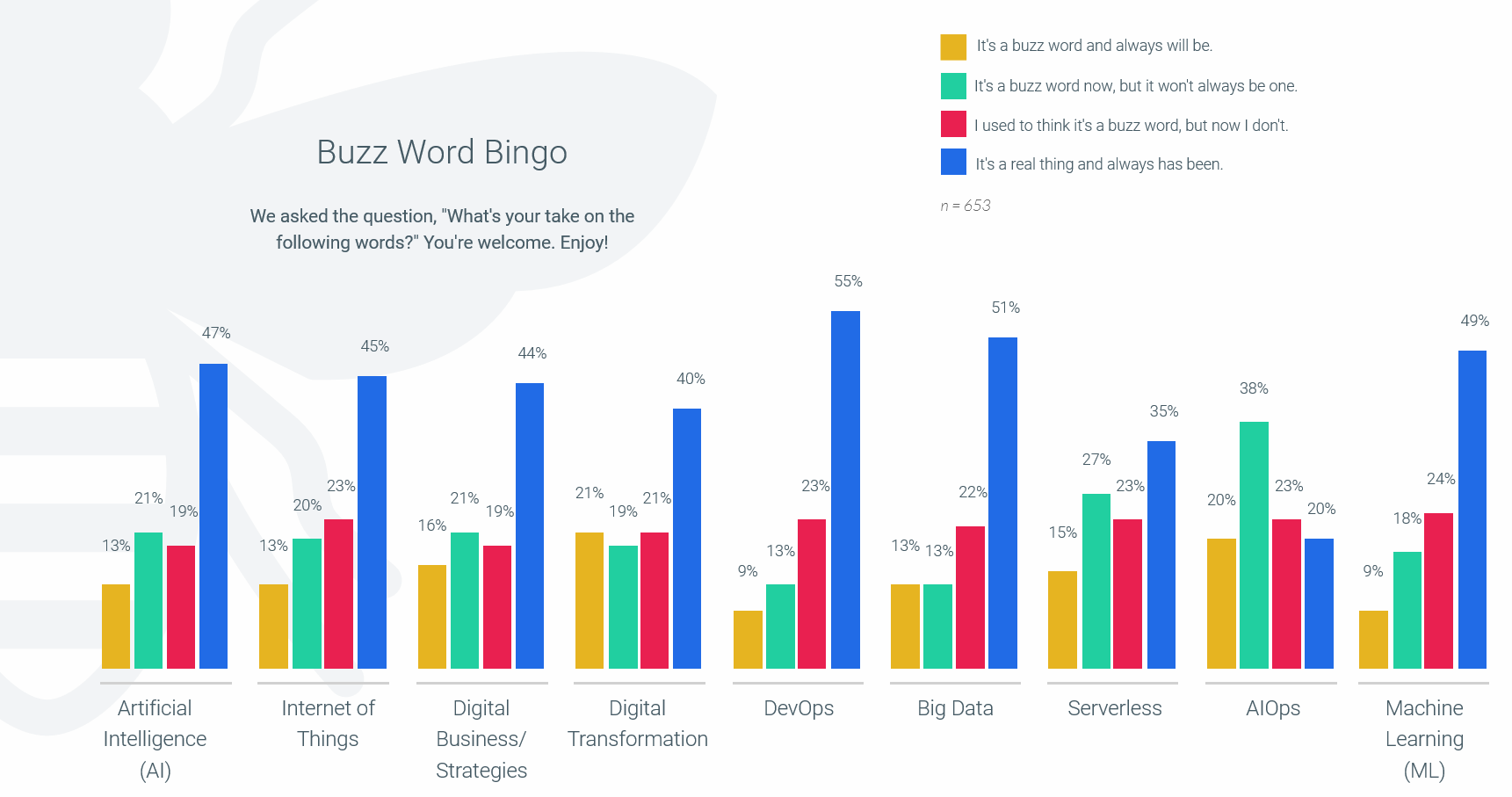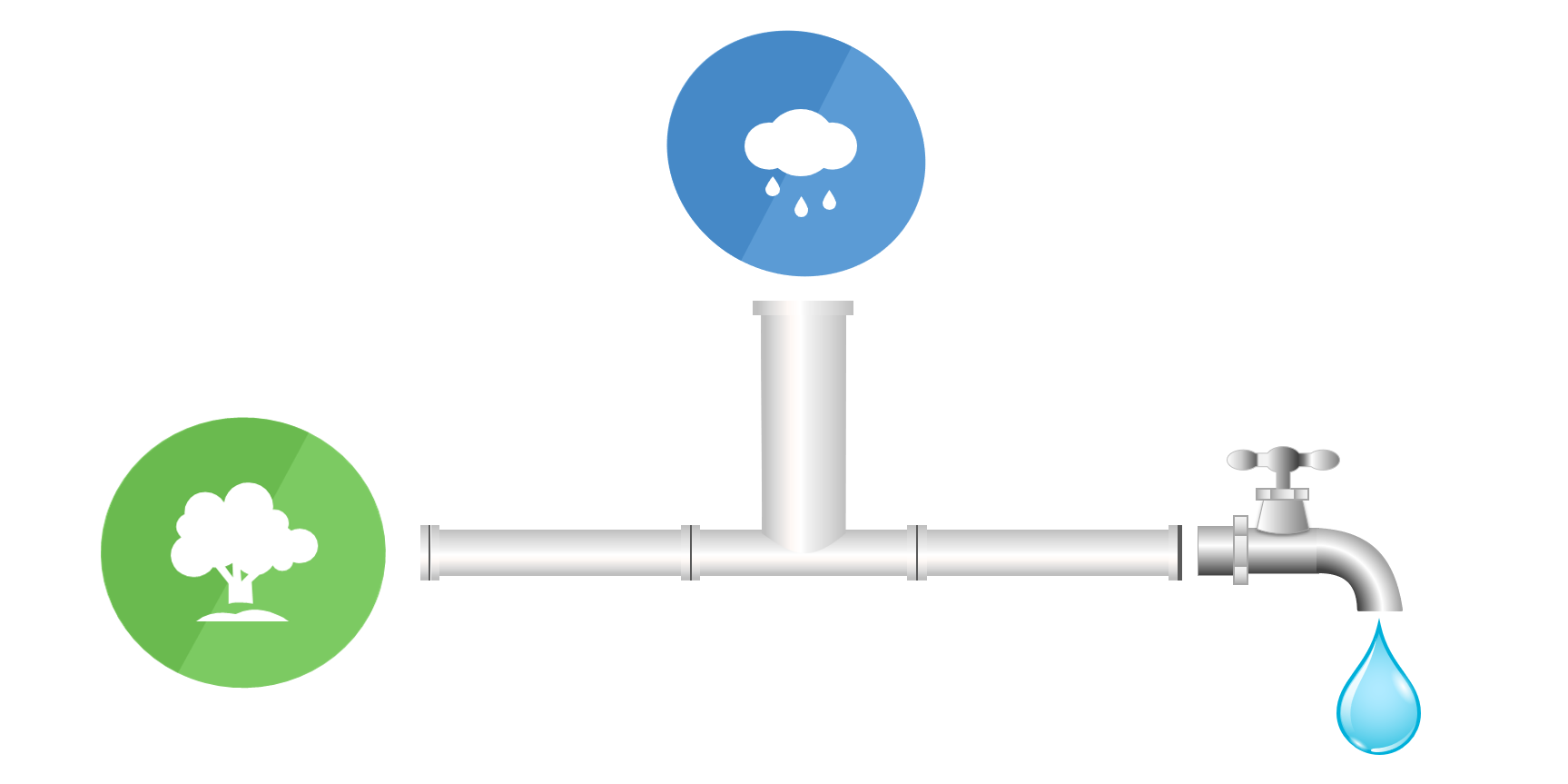I attended the MPLS +SDN+NFV World Congress in Paris last week. As in the previous couple of years, Quali was a co-sponsor with our partner Ixia/Keysight.
In light of the tragic fire that affected the Notre Dame cathedral a week ago, it is hard to see MPLS, NFV and SDN as “burning” issues right now. There were nonetheless some interesting trends about the state of the networking industry that surfaced during that conference.
Beyond Hype: Technology Adoption Challenges

Source: Turbonomic’s 2019 State of MultiCloud
- Buzz words: AI and Machine Learning had their parallel track, so it is no surprise that AIOPs came up frequently both in keynotes and at the booth. The main application for Telcos is in telemetry: this will help them proactively detecting failure based on prior history. Right now it is unclear if this specific area of AI will materialize in the Service Provider space beyond the buzzwords, but it does hold some promise. History will tell where if this trend will pass the Peak of Inflated Expectations.
- SDN and NFV implementations are still in their early stages for most service providers. The slow adoption is blamed on the performance issues and lack of standards, although some of the concepts have been around for a long time. Beyond generating shinny acronyms, we can credit these initiatives for spurring innovation in an industry that is typically slow to move and heavy in regulations. Some use cases have notably fared better than others: SD-WAN as a replacement of MPLS, and edge mobile services, spurred by 5G network slicing are showing good momentum.
- Intent-based networking is coined as the ability to drive near-real-time configuration changes on the network based on high level policies. This concept came naturally once you are able to dis-aggregate the network control plane from the data plane, which is the core of SDN. It is certainly top of mind for many operators and software vendors with purpose-built applications layered on top of SDN or NFV.
- The ability to orchestrate end-to-end service requests to their final fulfillment as network infrastructure updates remains a challenge, due primarily to complexity. As highlighted by a keynote presentation from Cisco CTO Michael Beesley, different solutions exist but, there is still a significant amount of development involved to put together a complete automation framework. The prevalence of many legacy applications (OSS/BSS) also makes this task time-consuming. Overall the lack of proper automation slows down the entire innovation cycle for telco operators.
Providing the glue for an end-to-end automation

I had a chance to speak during a session at the conference about the issue of environment complexity in the context of Service Providers. I used a plumbing analogy to show how some these challenges can be handled using self-service environments and orchestration.
More specifically, the challenges to put together the infrastructure required to validate the new network architecture. All you need is a good an excellent primer (foundation) and glue to put together an end-to-end pipeline to accelerate the release of innovative applications. Using a building block approach with standard components (think of the PVC pipe diameter), the designer should be able to put together infrastructure blueprints quickly.
As for the end user (the engineer responsible for validating the new version of a telco service), the orchestration system should be as simple to operate as turning a faucet: select a blueprint and deploy it. If everything was designed correctly, there shouldn’t be any leaks. Otherwise, quickly iterate with a new version and test again.

